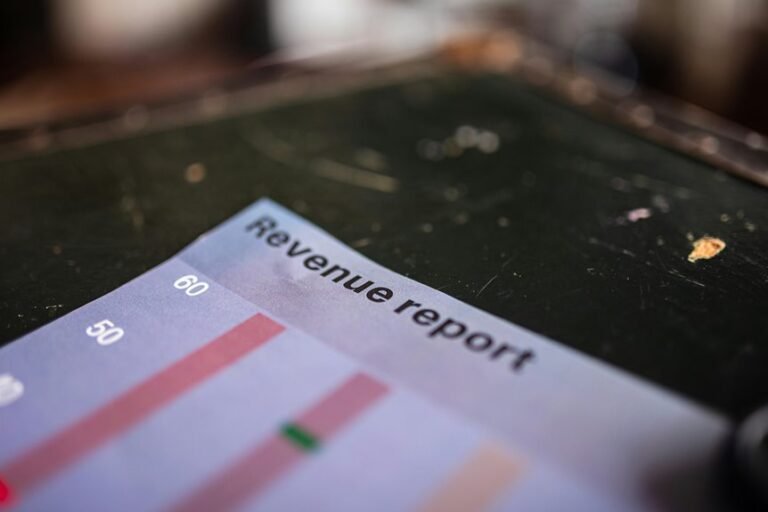Progress Evaluation Document: 6463289525, 6467622601, 6472585011, 6473637175, 6473753790, 6474274905
The Progress Evaluation Documents numbered 6463289525 through 6474274905 play a critical role in assessing project outcomes. They provide a structured approach to identifying both strengths and weaknesses, which is essential for informed decision-making. Stakeholder engagement is integral to this process, enhancing transparency and accountability. However, the effectiveness of these evaluations hinges on the methodologies employed. Exploring best practices could yield significant insights into optimizing project performance.
Importance of Progress Evaluation Documents
Progress evaluation documents serve as critical tools in assessing the efficacy and trajectory of projects or programs.
Their evaluation significance lies in the ability to identify strengths and weaknesses, fostering informed decision-making.
Additionally, the documentation benefits include enhanced transparency and accountability, empowering stakeholders to engage meaningfully.
Ultimately, these documents promote a culture of continuous improvement, aligning efforts with the overarching goal of achieving freedom and autonomy in project management.
Utilizing Evaluation Tools for Continuous Improvement
Effective utilization of evaluation tools is essential for fostering continuous improvement within projects or programs.
By employing diverse evaluation methods, organizations can establish robust feedback loops that facilitate timely adjustments.
These tools enable stakeholders to assess outcomes critically, identify areas for enhancement, and implement changes effectively.
Ultimately, this structured approach supports a culture of ongoing development and fosters an environment conducive to innovation and adaptability.
Best Practices for Conducting Thorough Evaluations
Conducting thorough evaluations requires a systematic approach that prioritizes clarity and comprehensiveness.
Effective evaluation methodologies must be employed to ensure that all relevant data is considered. Incorporating robust feedback mechanisms allows for continuous improvement and adaptation.
Engaging stakeholders throughout the process enhances transparency and fosters trust, ultimately leading to more accurate assessments and informed decision-making that supports individual autonomy and development.
Conclusion
In conclusion, Progress Evaluation Documents are essential for identifying strengths, addressing weaknesses, and fostering accountability. They facilitate informed decision-making, enhance transparency, and promote a culture of continuous improvement. By utilizing effective evaluation tools, stakeholders can align project efforts with broader goals and adapt to changing circumstances. Ultimately, these documents serve not only as a means of assessment but also as a catalyst for innovation, ensuring that projects remain dynamic and responsive to emerging challenges.







